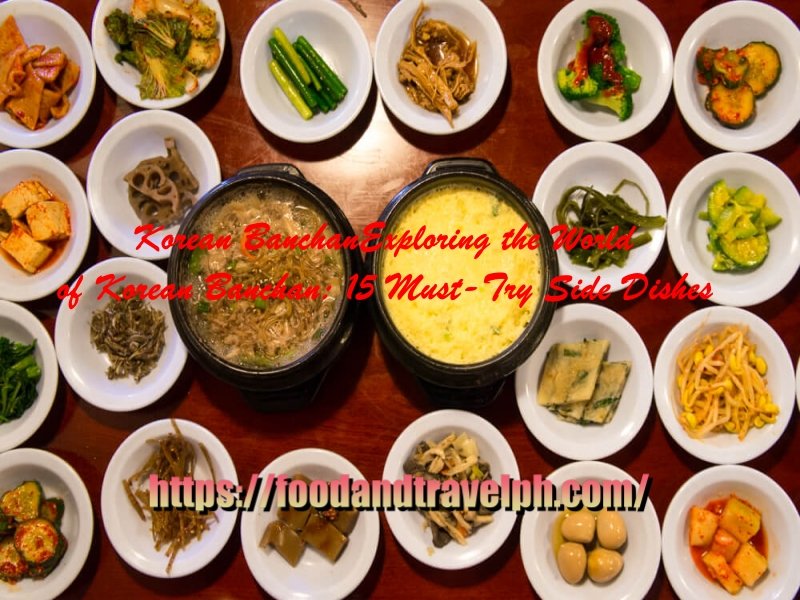How to cook Palabok

Palabok is a beloved Filipino noodles dish known for its rich, savory sauce and vibrant presentation. A staple at festive gatherings and casual lunches alike, palabok combines a medley of flavors and textures that reflect the diverse culinary heritage of the Philippines. This dish is typically served over rice noddles and topped with a variety of ingredients, making it a delightful feast for both the eyes and the palate. In this guide, we’ll walk you through the process of cooking palabok, ensuring that you can recreate this classic dish in your own kitchen.
Palabok is a type of pancit, a Filipino noddles dish that comes in many variations. Palabok is characterized by its use of cornstarch noodles which are thick and chewy and its signature orange sauce. This sauce is typically made with a combination of pork broth, shrimp cubes, ground pork and annatto powder, which gives it its distinctive color. The sauce often thickened with flour and seasoned with fish sauce, salt and pepper.
Ingredients
- For the sauce
- 2tablespoons cooking oil
- 3cloves garlic minced
- 1small onion finely chopped
- 200grams ground pork or chicken
- 2cups shrimp stock or water with shrimp bouillon
- 1tablespoon fish sauce
- 1reaspoon annatto powder for color
- 1tablespoon cornstarch diluted in 2tablespoons water
- Salt and pepper to taste
- For the Noodles
- 400grams rice noddles
- Toppings
- 100grams cooked shrimp peeled and deveined
- 2hard-boiled eggs sliced
- 1/2cup crashed pork cracklings chicharon
- 1/4cup green onions chopped
- 2tablespoon fried garlic minced
- Lemon or calamansi wedges
Instructions
- Prepare the Sauce
- In a pan, heat the cooking oil over medium heat. Saute the garlic and onion until fragrant.
- Add the ground pork or chicken and cook until browned.
- Pour in the shrimp stock and bring to a simmer.
- Stir in the fish sauce and annatto powder, mixing well.
- Gradually add the cornstarch mixture, stirring continuously until the sauce thickens.
- Season with salt and pepper to taste. keep the sauce warm.
- Cook Noodles
- Soak the rice noodles in water for about 10 minutes or until softened.
- Drain and cook the noodles according to package intructions. Typically this involves boiling them for a few minutes.
- Drain the cooked noodles and set aside.
- Assemble the Palabok
- Place the cooked noodles on a serving platter.
- Pour the sauce evenly over the noddles.
- Arrange the cooked shrimp and sliced eggs on top.
- Sprinkle with crushed pork cracklings, chopped green onion and fried minced garlic.
- Serve
- Serve the palabok with lemon or calamansi wedges on the size for an added zest.
Palabok is a flavorful and versatile Filipino noodle dish that can be customized to taste. The key to a delicious palabok lies in the balance of its rich, savory sauce, chewy noodles, and flavorful toppings. Whether you’re celebrating a special occasion or simply craving something comforting and delicious, palabok is a versatile dish that fits any setting. Try this recipe, and enjoy the delightful journey of cooking and savoring a true Filipino classic.
Yukgaejang: The Ultimate Korean Spicy Beef Soup Recipe
How to cook Yukgaejang Yukgaejang is a vibrant and flavorful Korean beef soup known for its rich, sp…
A Guide to Making Delicious Ojingeo-Bokkeum (Spicy stir fried squid)
Ojingeo-Bokkeum (Spicy stir fried squid) Recipe Ojingeo-Bokkeum (Spicy stir fried squid), a fiery an…
Coconut Bliss: The Magic of Adobong Manok sa Gata
Adobong Manok sa Gata Recipe Adobong Manok sa Gata is a Filipino dish that beautifully marries the c…
Savor the Flavors of the Philippines: A Guide to Cooking Chicken Afritada
How to cook Chicken Afritada Chicken Afritada is a popular Filipino dish that features chicken piece…
Deliciously Nutritious: How to Cook Ginisang Munggo
Munggo Recipe Ginisang Munggo is a popular Filipino dish made primarily from mung beans, often enjoy…
Exploring the World of Korean Banchan: 15 Must-Try Side Dishes
How to make Korean Banchan Korean cuisine is renowned for its rich flavors and diverse dishes, and o…










Leave a Reply